De Stijl, Dutch for "The Style", also known as Neoplasticism, was a Dutch art movement founded in 1917 in Leiden. De Stijl consisted of artists and architects. In a more narrow sense, the term De Stijl is used to refer to a body of work from 1917 to 1931 founded in the Netherlands. Proponents of De Stijl advocated pure abstraction and universality by a reduction to the essentials of form and colour; they simplified visual compositions to vertical and horizontal, using only black, white and primary colors.

Neoplasticism, known in Dutch as Nieuwe Beelding or the new image, is an avant-garde art theory that arose in 1917 and was employed mainly by Dutch De Stijl artists. The most notable advocates of the theory were the painters Theo van Doesburg and Piet Mondriaan. Neoplasticism advocated for an abstract art that had been purified by applying the most elementary principles through plainly rational means. Thus, a painting that adhered to neoplastic theory would typically consist of only simple shapes and primary colors.
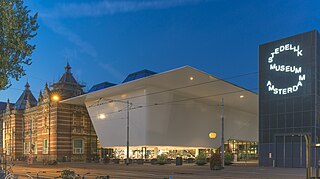
The Stedelijk Museum Amsterdam, colloquially known as the Stedelijk, is a museum for modern art, contemporary art, and design located in Amsterdam, Netherlands.

The Amsterdam School is a style of architecture that arose from 1910 through about 1930 in the Netherlands. The Amsterdam School movement is part of international Expressionist architecture, sometimes linked to German Brick Expressionism.

Victory Boogie Woogie is the last, unfinished work of the Dutch abstract painter Piet Mondrian, left incomplete when Mondrian died in New York in 1944. He was still working on it three days before dying. Since 1998 it has been in the collection of the Kunstmuseum, in The Hague. It has been said that "Mondrian's life and his affection for music are mirrored in the painting [and that it is] a testimony of the influence which New York had on Mondrian."
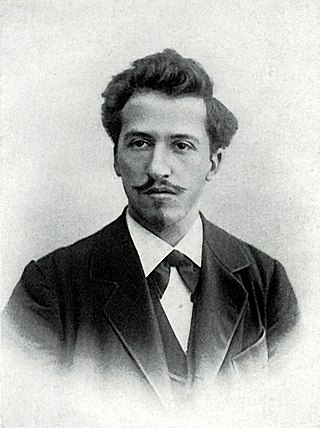
Pieter Cornelis Mondriaan, after 1906 known as Piet Mondrian, was a Dutch painter and art theoretician who is regarded as one of the greatest artists of the 20th century. He is known for being one of the pioneers of 20th-century abstract art, as he changed his artistic direction from figurative painting to an increasingly abstract style, until he reached a point where his artistic vocabulary was reduced to simple geometric elements.

Gerard Caris is a Dutch sculptor and artist who has pursued a single motif throughout the course of his artistic career, the pentagon.
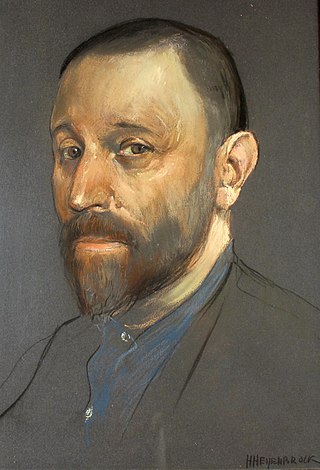
Herman Heijenbrock, was a Dutch writer, painter, pastel draughtsman, and lithographer. He founded the "Museum van den Arbeid" in 1923, which later became NEMO Science Museum.
Herman Frederik Bieling was a Dutch painter, sculptor, graphic artist and Modern Art propagandist.
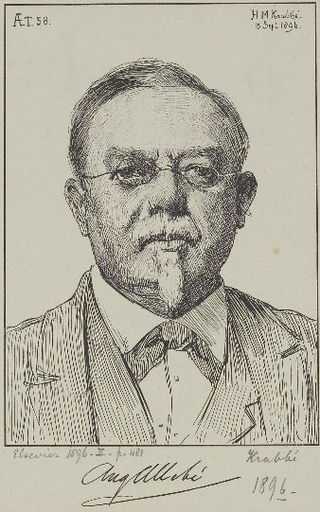
August Allebé was an artist and teacher from the Northern Netherlands. His early paintings were in a romantic style, but in his later work he was an exponent of realism and impressionism. He was a major initiator and promoter of Amsterdam Impressionism, the artist's association St. Lucas, and the movement of the Amsterdamse Joffers. Amsterdam Impressionism – sometimes referred to by art historians as the School of Allebé – was the counterflow to the very strong Hague School in the movement of Dutch Impressionism. As a professor at the Royal Academy of Amsterdam he fostered a cosmopolitan attitude toward art and the promotion and motivation of his students, and provided a significant stimulus to developments in modern art.

Berend Strik is a Dutch visual artist working and living in Amsterdam.

Johannes Jacobus (Jan) van der Vaart was an influential Dutch ceramicist from the 20th century, known as founder of the abstract-geometric ceramics in the Netherlands.
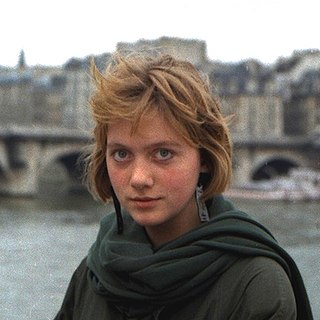
Wietske van Leeuwen is a Dutch ceramist, who lives and works in Monnickendam. Her works are constructed in a baroque style, with shells and fruit as recurring motifs.
Daniël (Daan) van Golden was a Dutch artist, who has been active as a painter, photographer, collagist, installation artist, wall painter and graphic artist. He is known for his meticulous paintings of motives and details of everyday life and every day images.
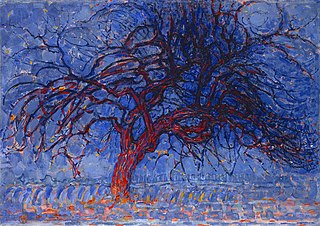
Evening; Red Tree is a 1908–1910 oil on canvas painting by the Dutch artist Piet Mondrian in the Gemeentemuseum Den Haag.
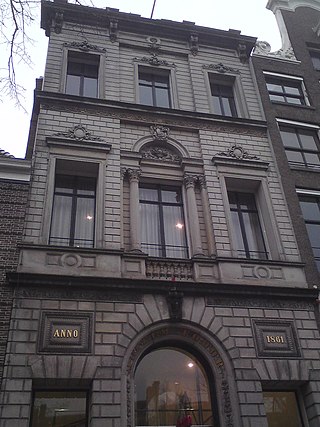
The Netherlands Design Institute is a former institute for the promotion of design in the Netherlands. It was located in the premises of the former Museum Fodor at Keizersgracht in Amsterdam. Its mission was to stimulate high quality design in the Netherlands, to stimulating the interest in it, and to encouraging discussion about the profession.

Agatha Wilhelmina Zethraeus (1872–1966) was a Dutch artist.
Roos Theuws is a Dutch media and video artist.

The Red Cloud is an early painting by the Dutch artist Piet Mondrian. It was painted in 1907. Mondrian completed the painting while staying near Oele, in the east of the Netherlands. One art historian has noted that the "hard colour contrasts and charged, expressive brushwork" is part of Mondrian's evolution towards an abstract painter.















